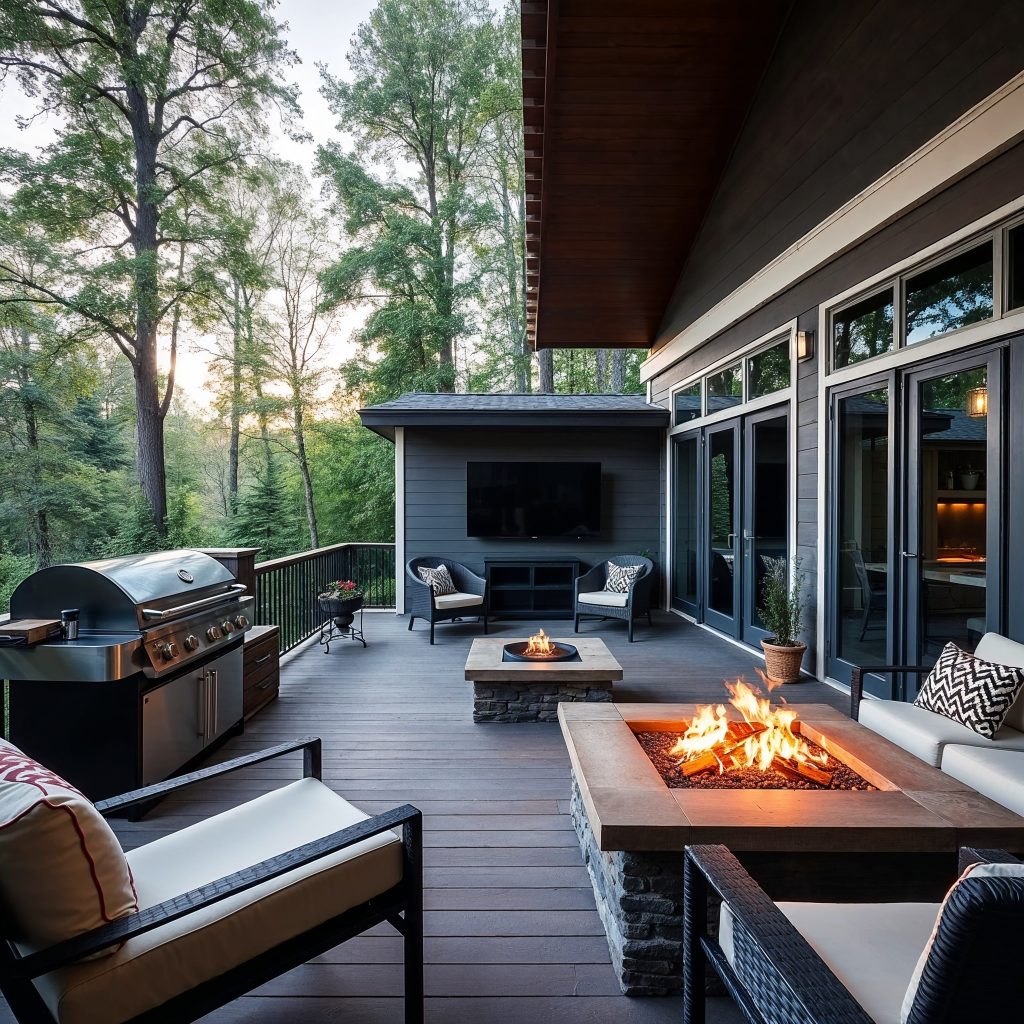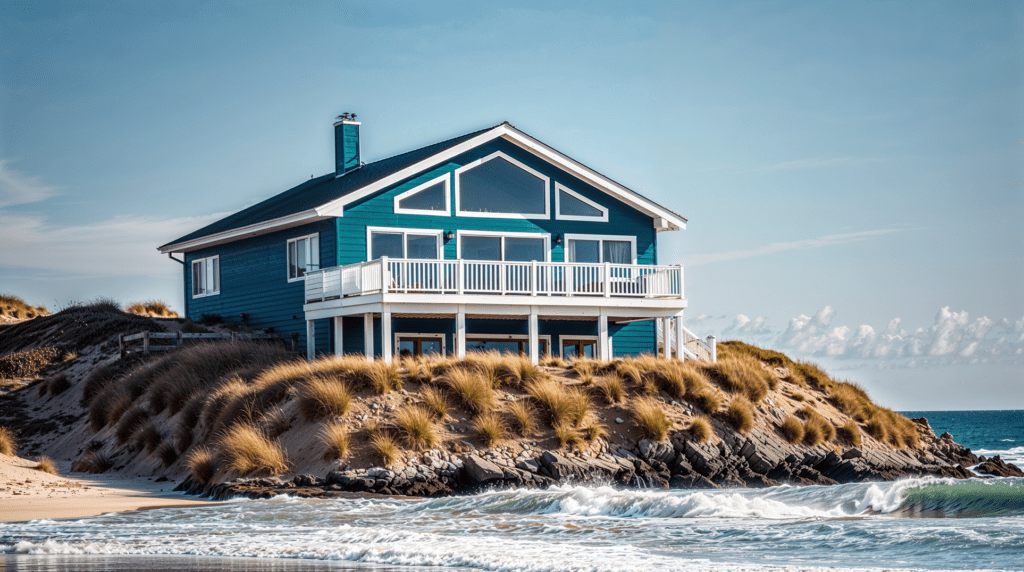At Lumberock®, our boards are built to stand strong against the elements—but like any outdoor material, they can experience some natural movement due to extreme weather. If you’ve noticed gaps forming between your composite deck boards, you’re not alone—and there’s good news: most of the time, it’s easy to fix.
Why Gaps Happen
Even though Lumberock boards are manufactured to minimize expansion and contraction, changes in temperature or humidity—especially when boards are installed with tight butt joints—can cause slight shifts over time. These gaps are not considered a defect, but rather a natural characteristic of the material reacting to its environment.
How to Prevent Gaps From Forming
One of the most effective ways to minimize visible board movement is by avoiding butt joints altogether. Instead, we recommend using a parting board or transition board during installation. This method:
- Provides room for natural expansion/contraction
- Maintains a cleaner, more uniform appearance
- Reduces stress on boards that could otherwise cause them to separate
Also, always allow boards to acclimate to your local climate for 48–72 hours before installing. This ensures the material adjusts to its environment before it’s fastened in place.
How to Fix Gaps If They’ve Already Formed
If you’re dealing with board separation, don’t worry—there are several simple solutions:
1. Add a Filler Strip or Trim Piece
For small gaps (under 1/4”), a quick and easy fix is to insert a matching strip of composite material or a PVC trim piece. This works well if your board color is still available or you have leftover decking from the install.
How to do it:
- Cut a thin strip to match the size of the gap
- Secure with exterior-rated adhesive or hidden fasteners
- Sand edges gently for a clean finish
This creates a clean, professional look and prevents debris or water from collecting in the space.
2. Shift the Boards (if Screwed Down)
If your deck was installed with screws (not hidden fasteners), you can sometimes shift boards slightly to re-balance the spacing.
Steps:
- Unscrew a few boards around the gap area
- Nudge them closer together to reduce spacing
- Refasten the boards in their new position
Tip: This works best if you can distribute the spacing change across a larger area—like several boards—so it’s not noticeable.
3. Replace the Board
If a board has shrunk significantly or is no longer aligning with your deck, a full replacement may be your best option. Be sure to let the new board acclimate to your climate for 48–72 hours before installing.
Need help finding a match? Contact our team at lumberock.com—we’ll help you identify the right color and profile.
4. Use a Decorative Plug or Accent
For a creative solution, consider adding a decorative composite plug or accent piece. These can double as a design element while filling the gap—and they’re a great way to use leftover scrap material.
5. Temporary Fix: Flexible Caulk
If you’re in a pinch, an exterior-rated, color-matched caulk can help fill small gaps. It’s not a long-term fix, but it can prevent water intrusion or dirt collection until you’re ready to repair more permanently.
👷 Need Help?
We’re always here to support you. For full installation tips, board matching assistance, or answers to your decking questions, visit www.lumberock.com or reach out directly to our support team.





